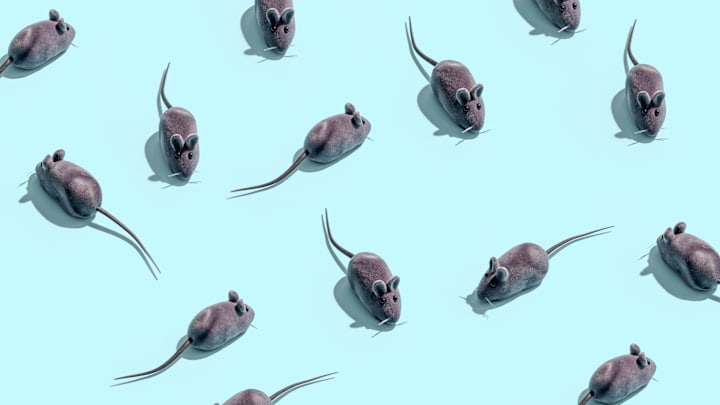Contaminated seafood and longer days aren’t the only consequences of climate change that people should be aware of. Many species, including bees and polar bears, face hardships due to global warming. Although most affected animals are seeing declining numbers in light of rising temperatures, one species has prospered.
The Washington Post reports that rat populations in urban areas are increasing worldwide, largely because of climate change. Researchers came to this conclusion after studying 16 cities across the globe—including Tokyo, Amsterdam, Toronto, and New York City—for more than a dozen years. Of those cities, rat sightings in 11 of them (69 percent) rose significantly, with Washington, D.C.; San Francisco; Toronto; and New York seeing the biggest spikes. Rat sightings in D.C. increased by more than 300 percent in the last decade and change, while New York saw a jump of 162 percent. The study published in the journal Science Advances reports that only three cities—Tokyo; Louisville, Kentucky; and New Orleans—experienced declines.
Jonathan Richardson, the study’s lead author of the University of Richmond, told USA Today that the correlation between climate change and exploding rat populations is concerning, as individual cities can’t reverse global warming trends. He stated that rats can now spend more time outdoors and above ground looking for food because winters are getting warmer in many parts of the world. Just one or two additional weeks of foraging time can result in extra reproductive cycles for rats, leading to drastically higher populations.
Climate change isn’t the only factor contributing to increased rat populations. Scientists have also found that higher living densities, loss of vegetation, and decreased funding for rat control can also be a boon for the species.
Human city dwellers should worry about more than just health and sanitation when they spot a rat in their neighborhood. The rodents can cause billions of dollars worth of damage by breaking into buildings and spoiling supplies. Richardson told USA Today the only way to mitigate the rat problem is by “confronting the environmental factors that allow rats to thrive, and by giving municipal rodent managers the resources and tools they need.”
Read More About Climate Change:
